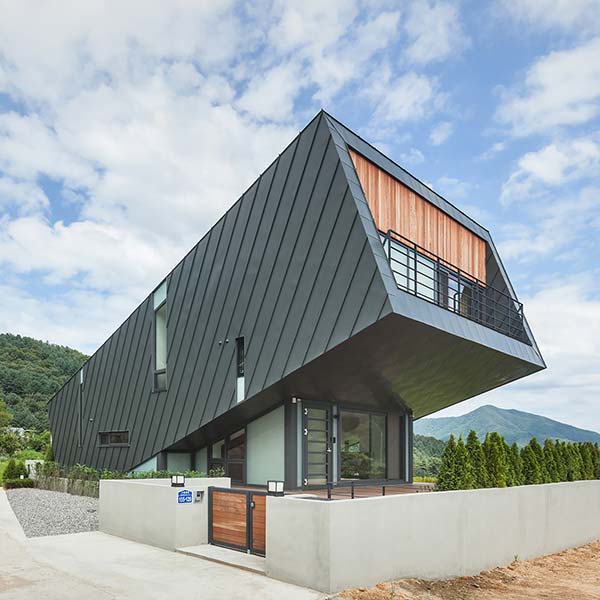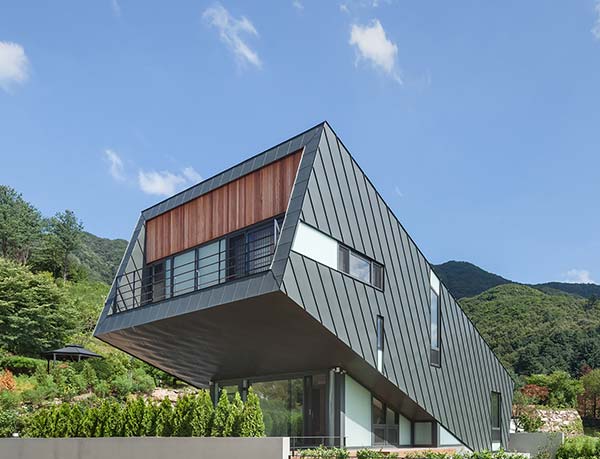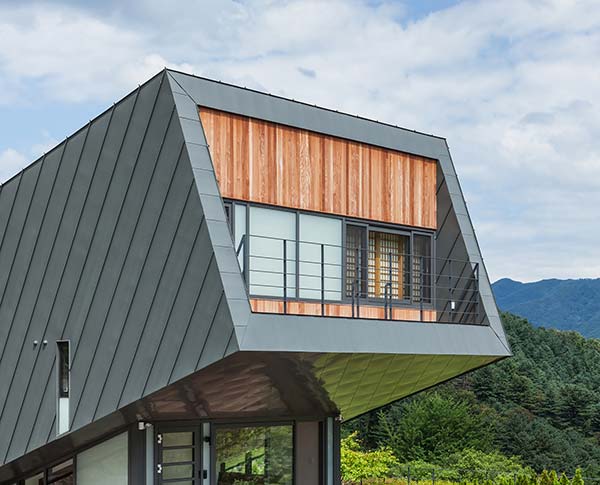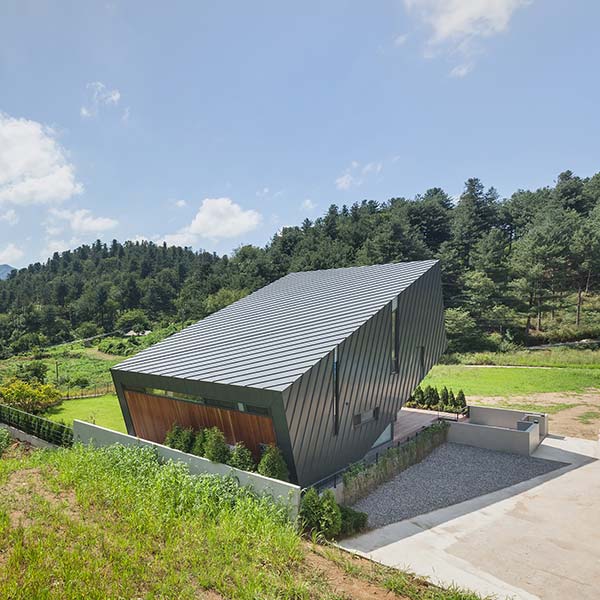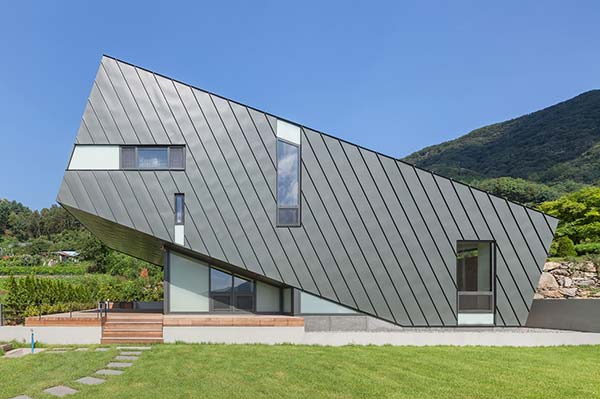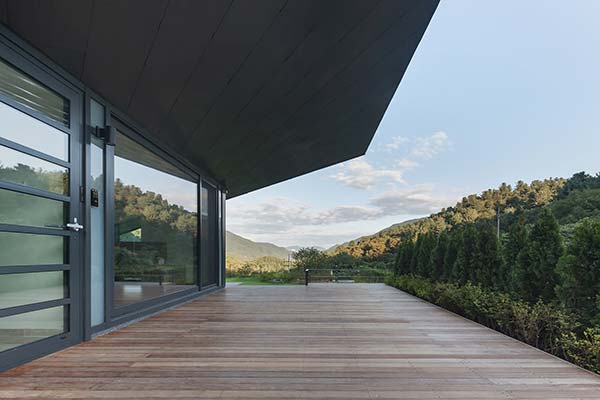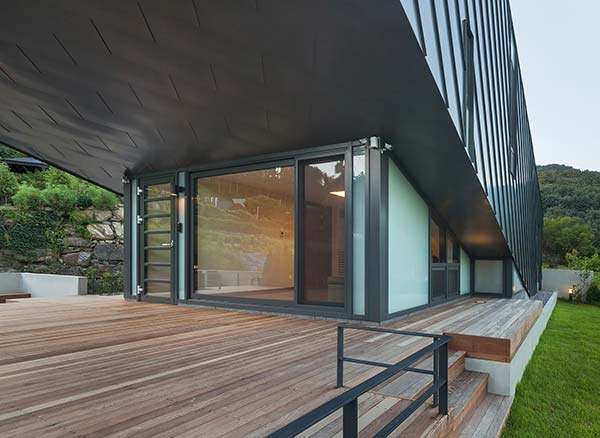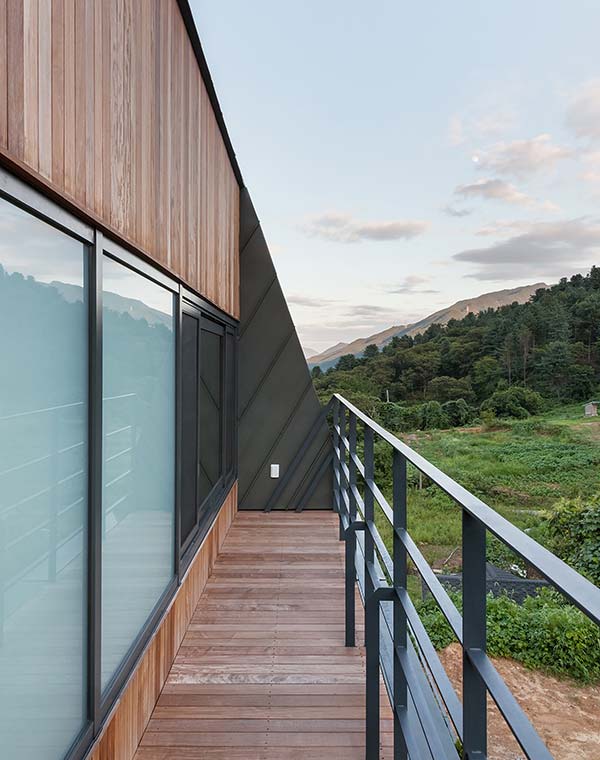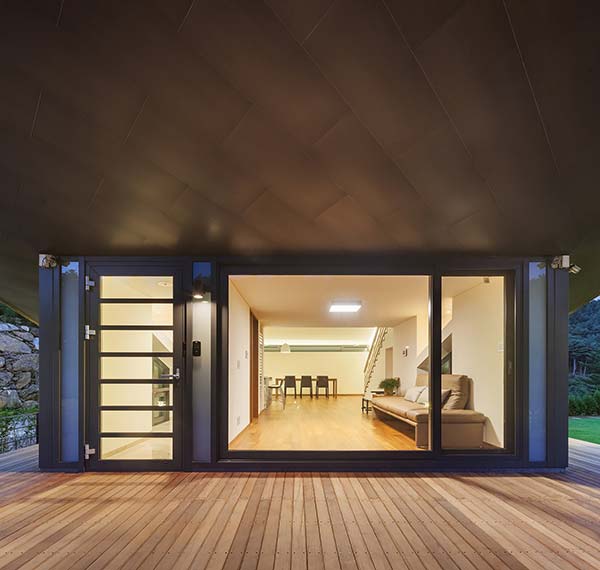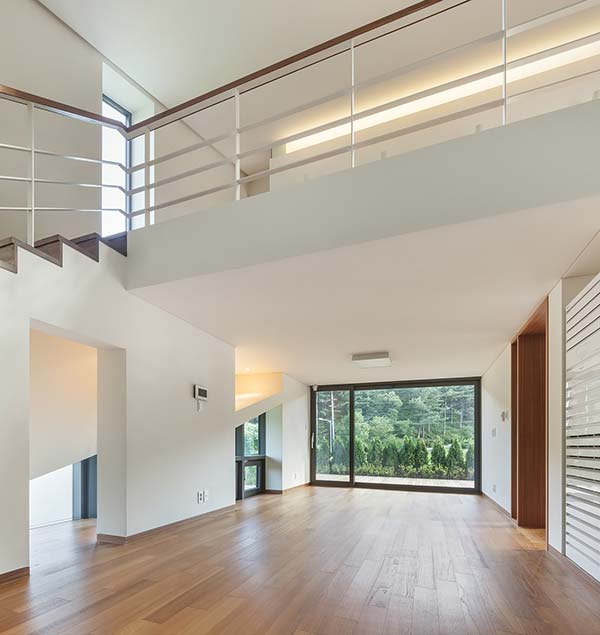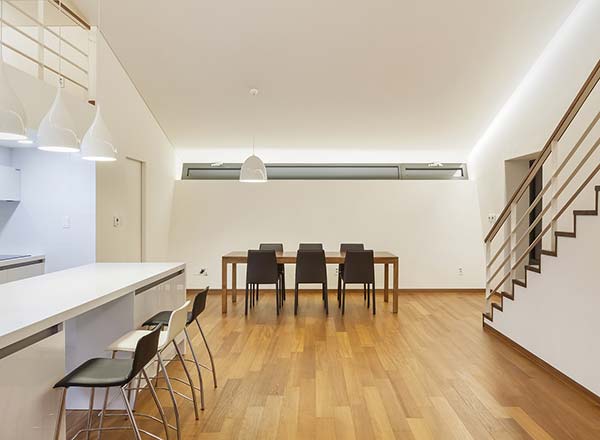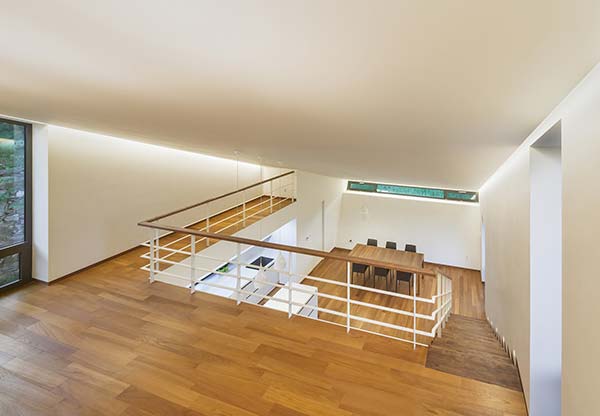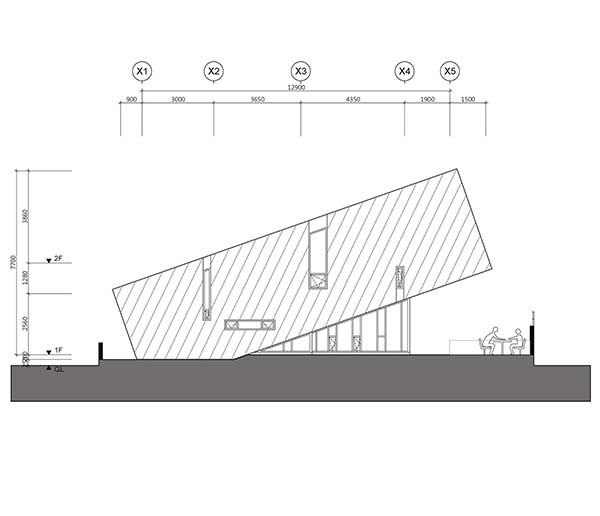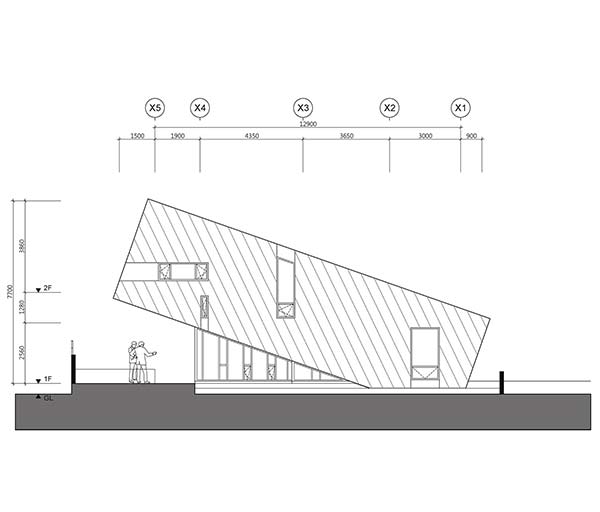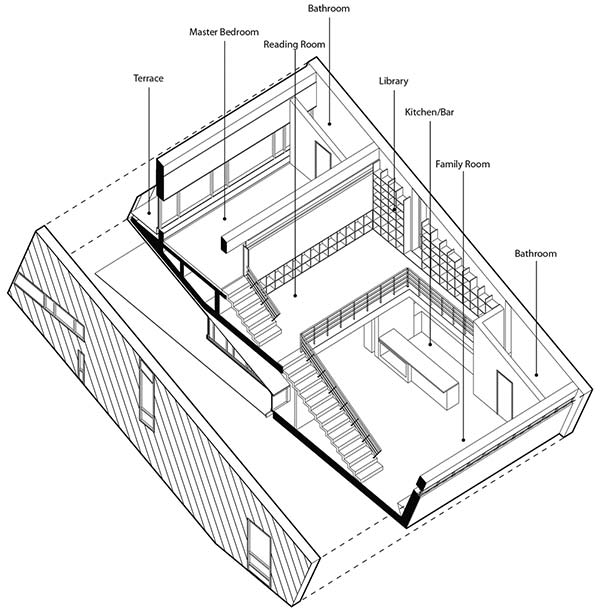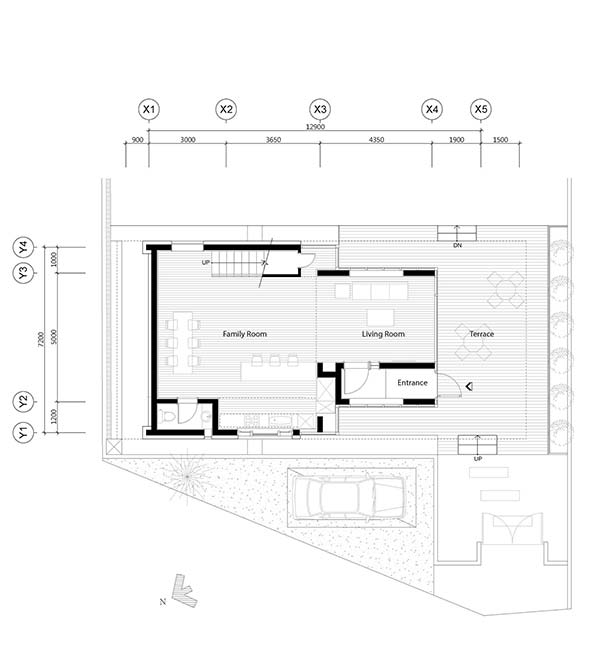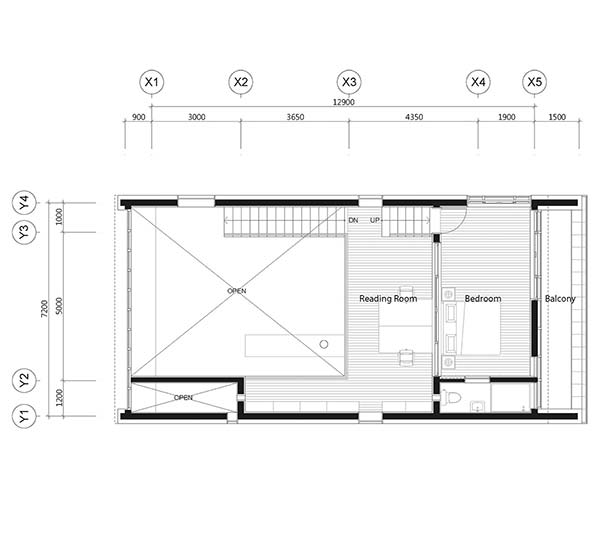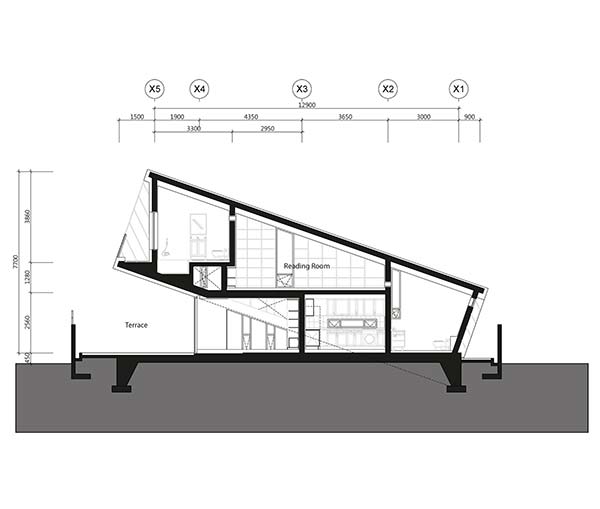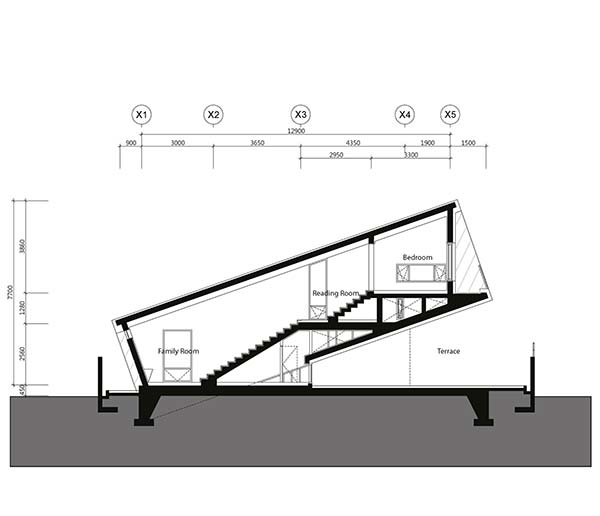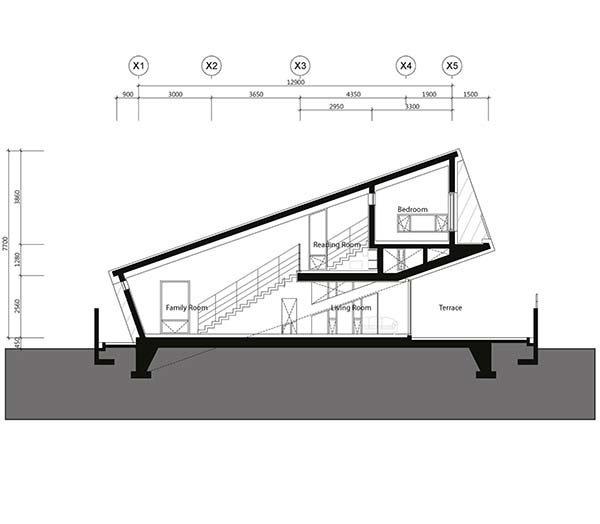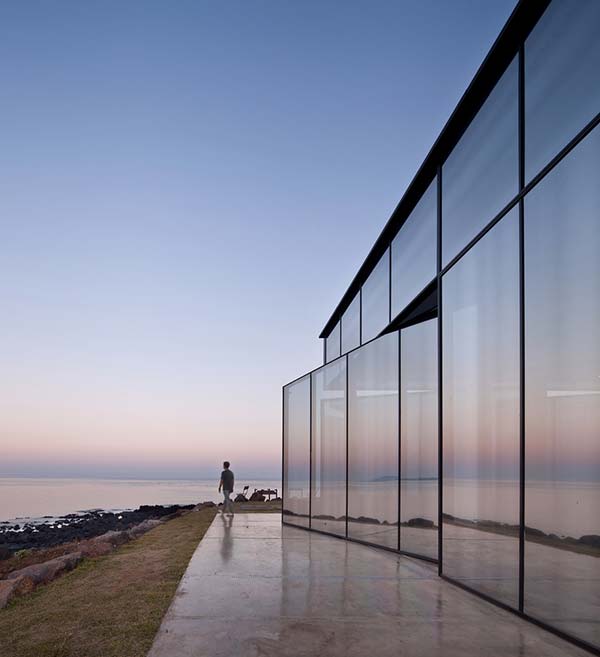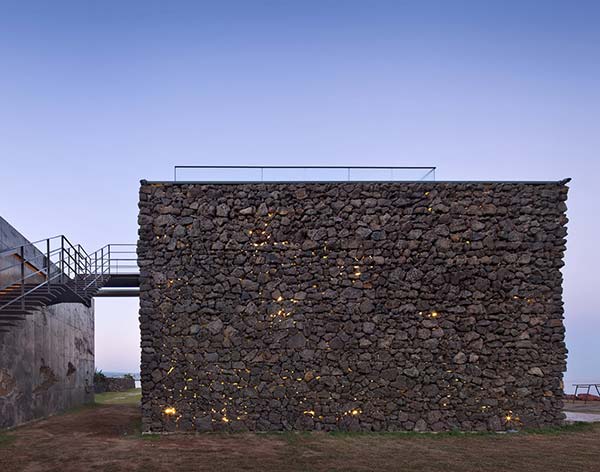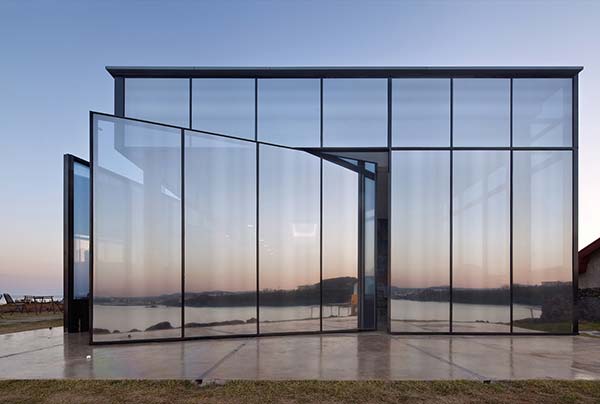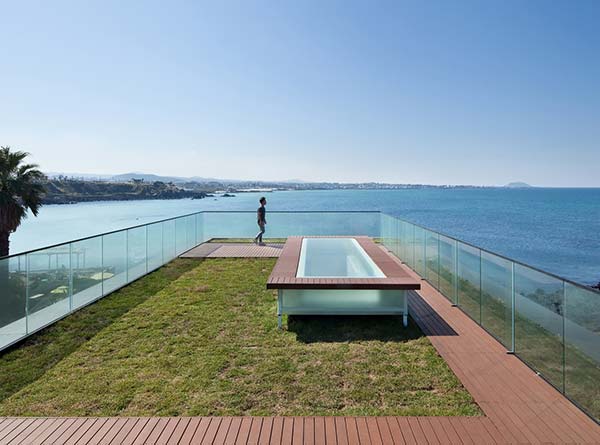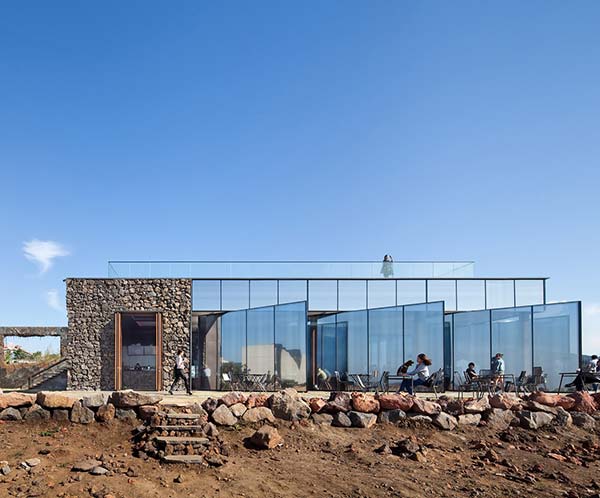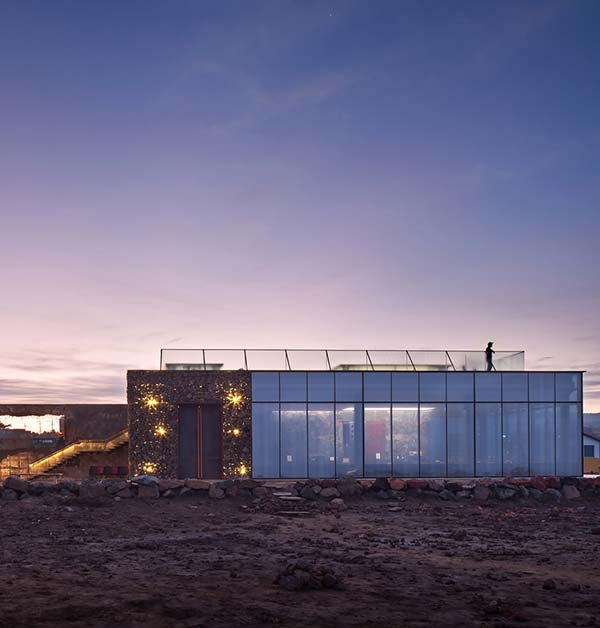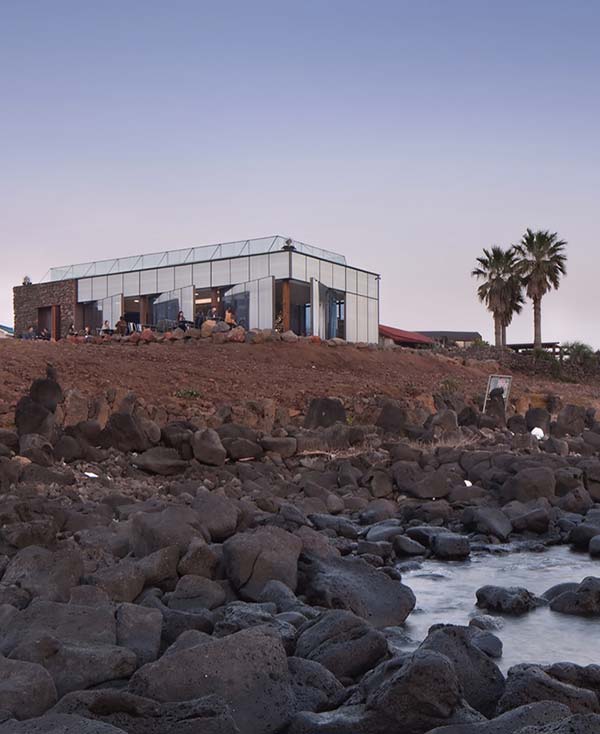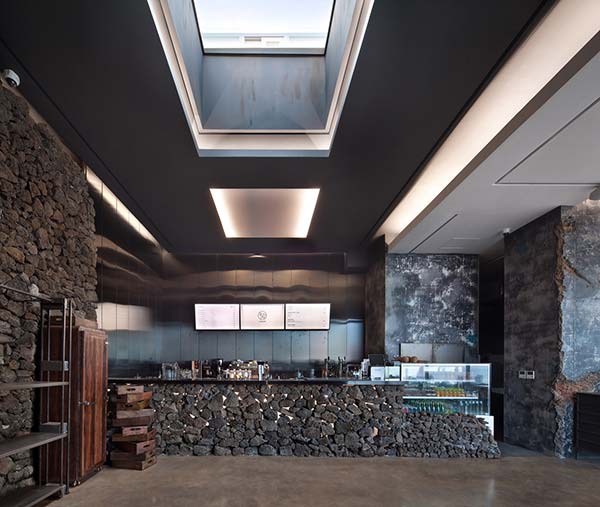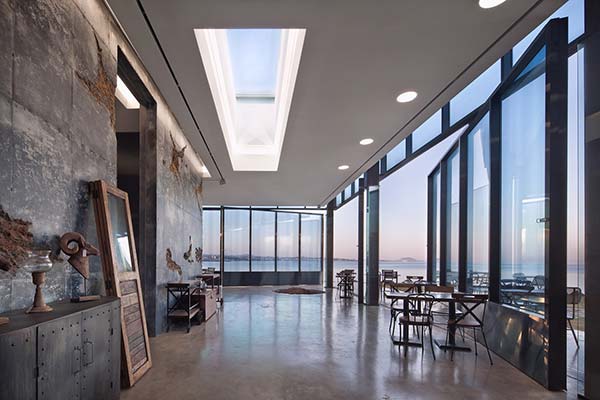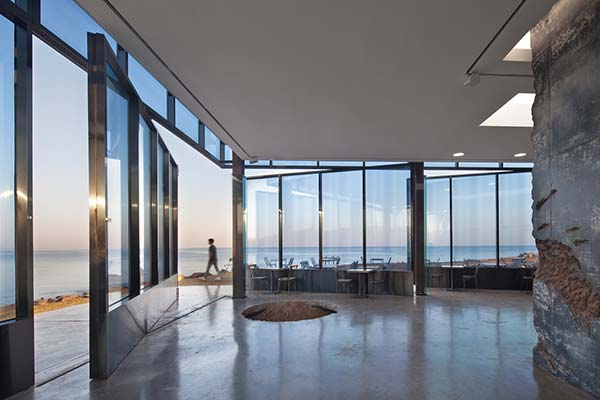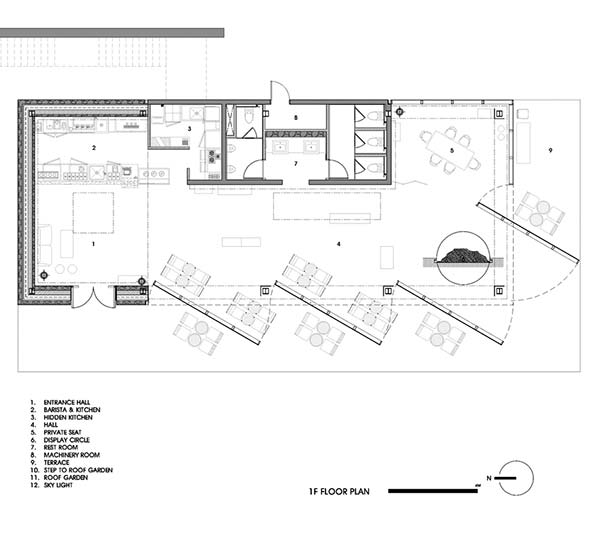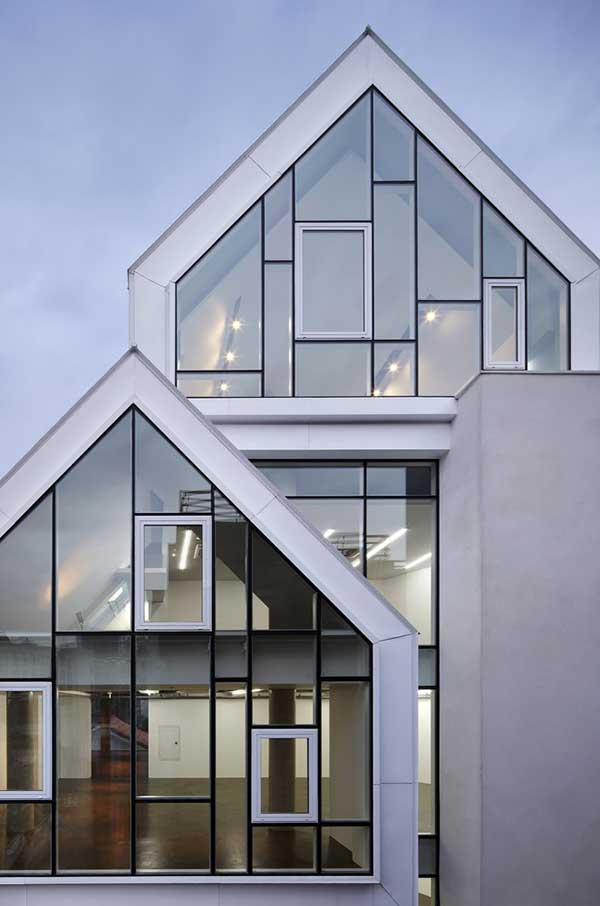
The March Hare in Alice in Wonderland is a multifaceted character who guides the tale, inviting Alice on a curious induction to a world of adventure. Through the stimulation of Alice's imagination, the March Hare subverts the landscapes of daily life, and the new world begins to deviate from everything Alice holds as familiar. Cheongdam march Rabbit was inspired by the March Hare.
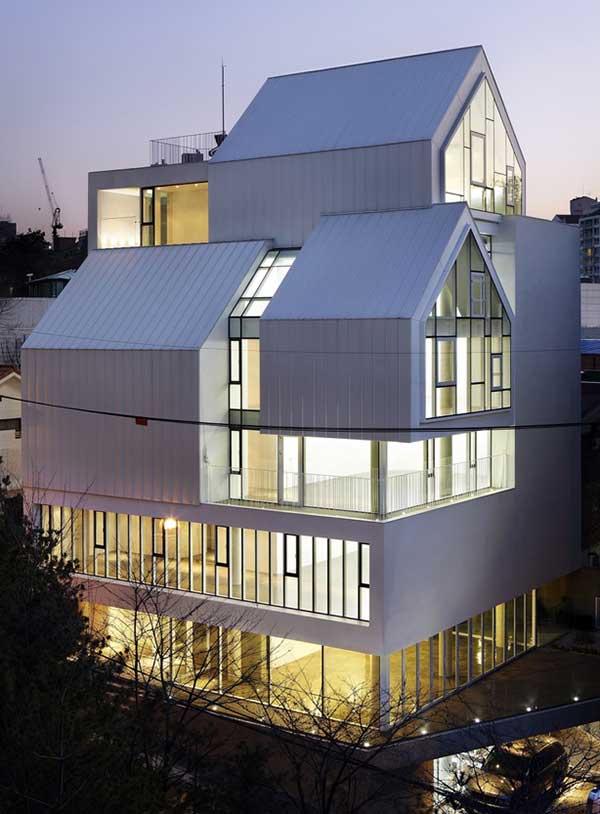
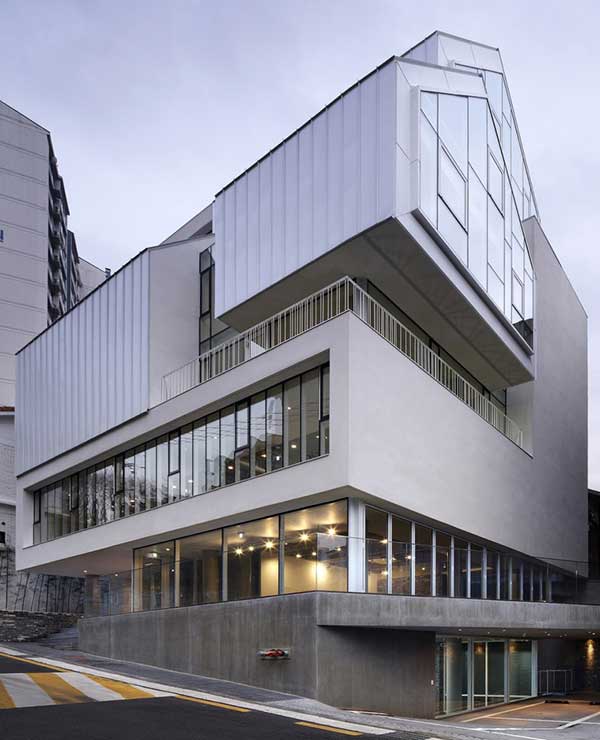
Located in the busy alley of Cheongdam-dong in Seoul, this building not only needs to respond with sensitivity to its surrounding environment but also establish itself as an unfamiliar landscape in order to envigorate the street itself.
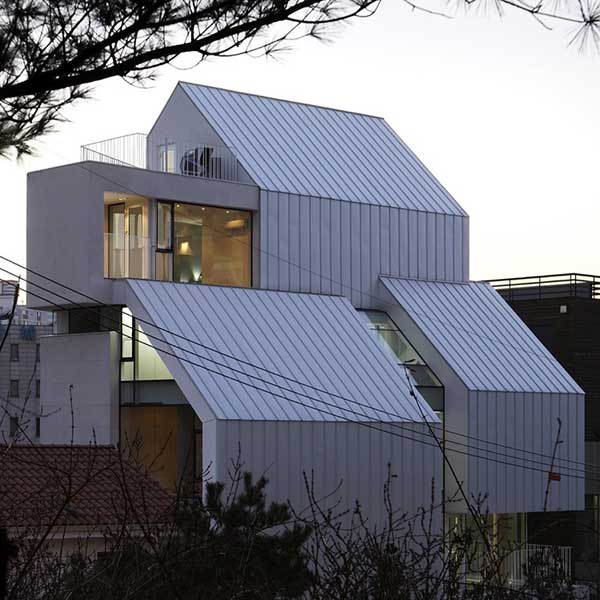
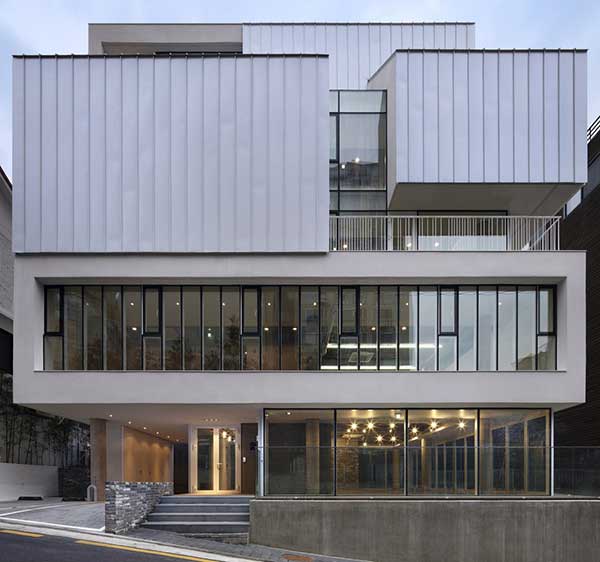
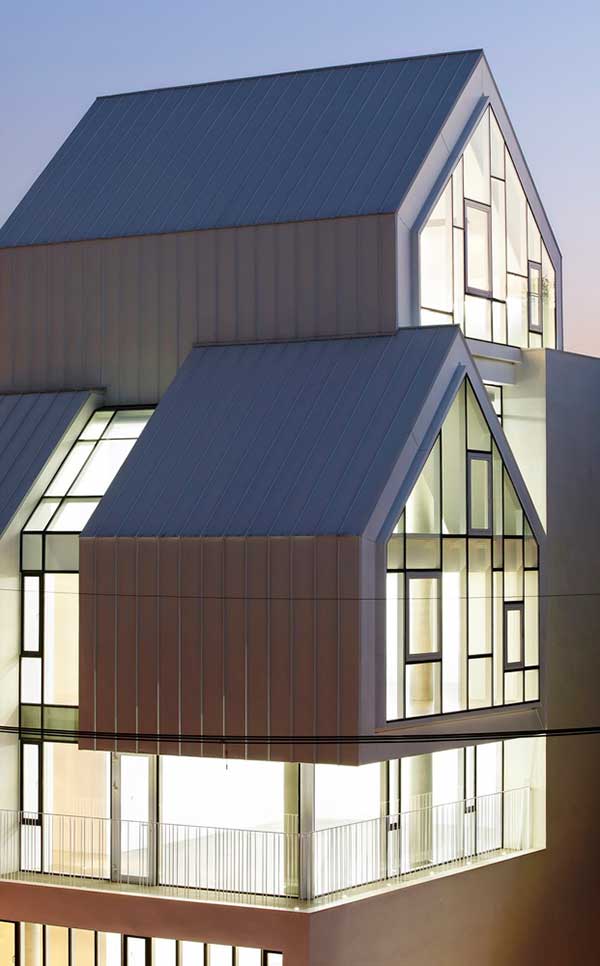
In addition, the building, as a neighborhood living facility, has to cope with the potential changes to its internal program, such as offices, retail shops, cafes, and as a residential quarter. For that purpose, a reduction of the common area, including the elevator, the staircase, and a public bathroom has been proposed and the maximization of the rental area will enable sufficient operation of all the building's required functions.

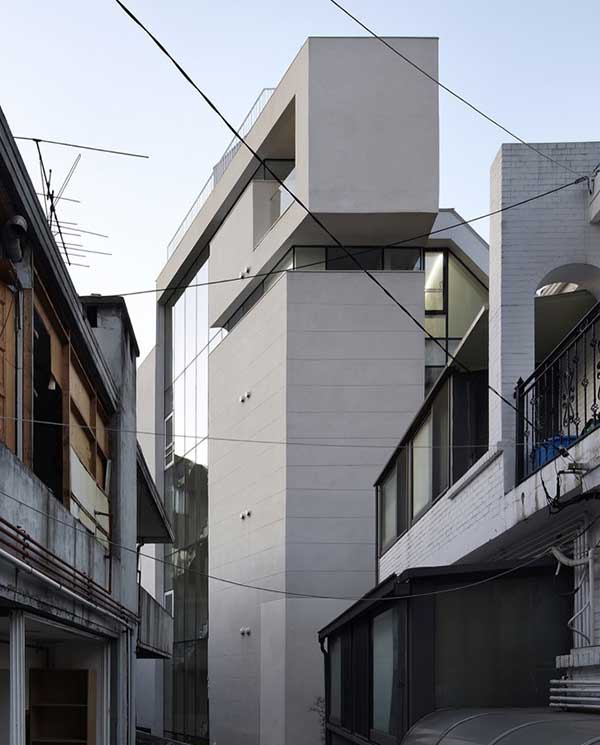
Although the building seems to by vertically stacked floor-by-floor when it is seen at its care, its overall volume appears to be the combination of fragmented space. A spare space at the rear of the building has been planned to be used as a new core when more than two floors are rented together.
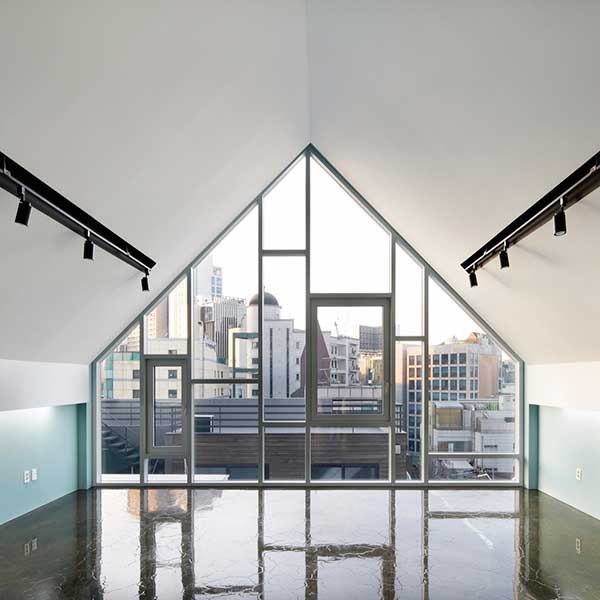
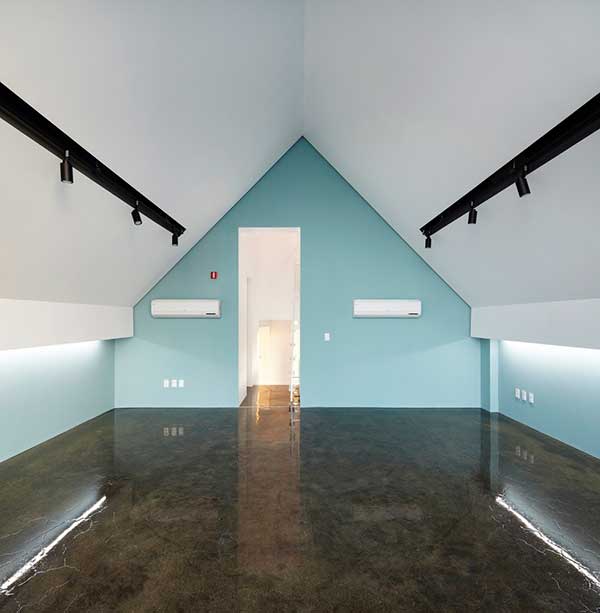
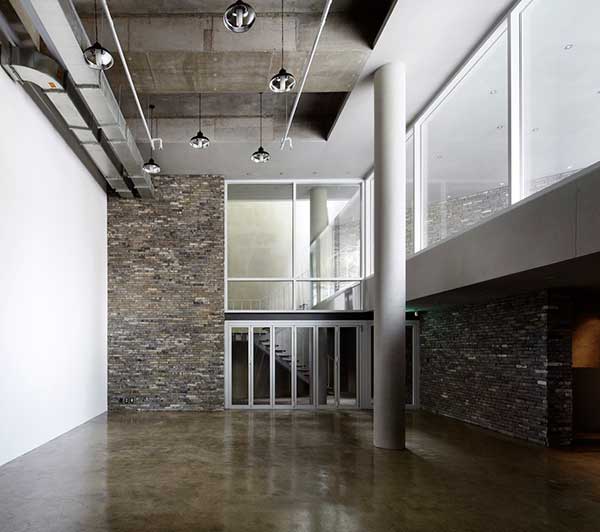
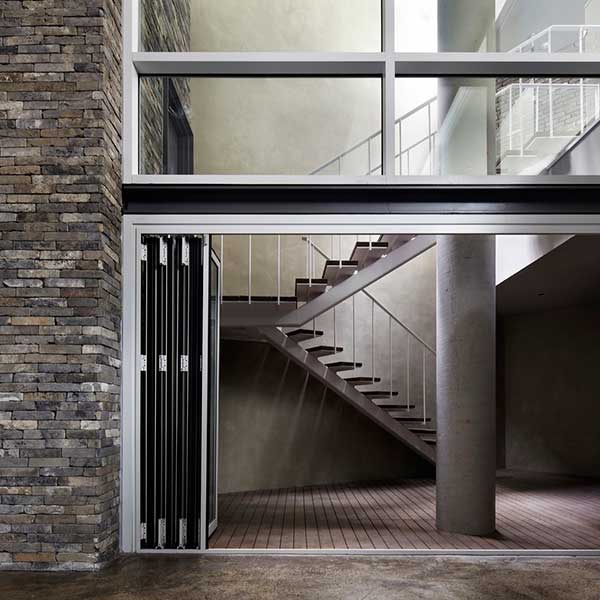
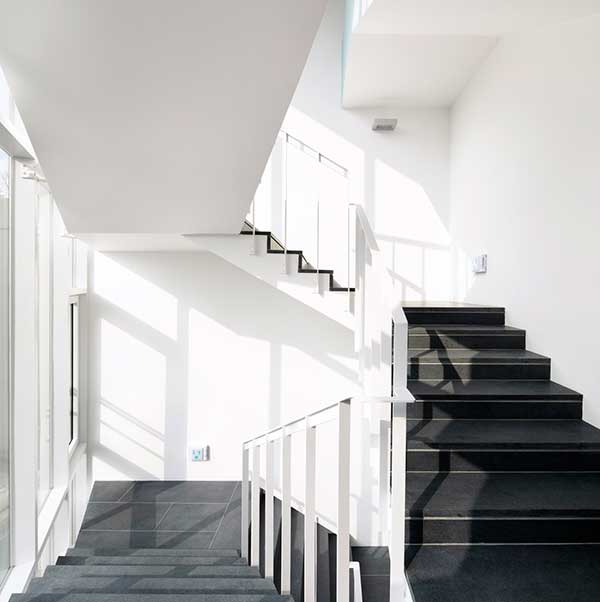
This small building will play a complex role, much like the March Hare, in order to invent new narratives for the city center, rather than existing under one finished and fixed function.
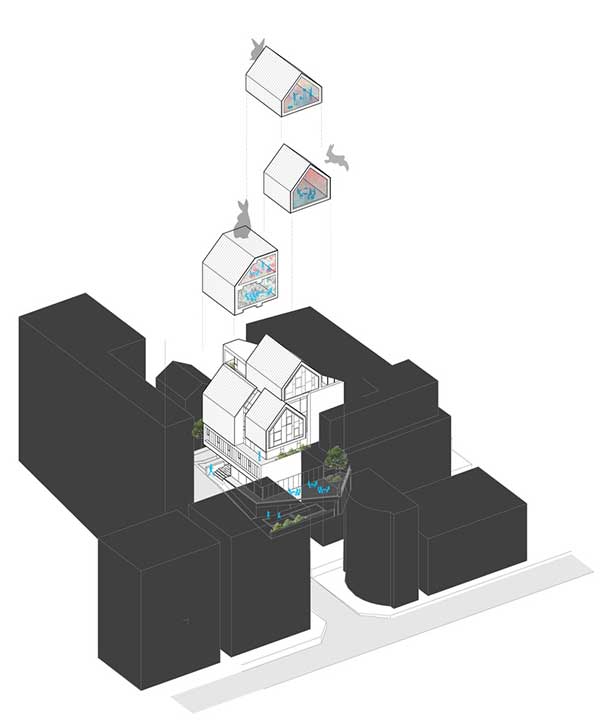
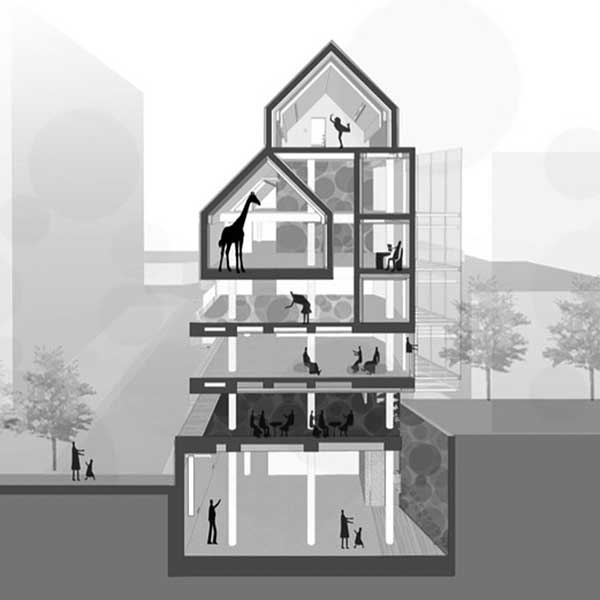
Architects
: L'EAU design
Location
: Gangnam-gu, Seoul, South Korea
Architects in Charge
: Kim Dong-jin
Area
: 8987.0 m2
Project Year
: 2014
Design
: Lee Sanghak , Ju Ikhyeon, Jung Donghui, Yoon Jihye, Kwon Jungyeol, Kim Minji
Finishing
: Monocouche, White zinc panel
Construction
: JEHYO
Structure Engineer
: SDM Structural Engineering
Mechanical & Electrical Engineer
: HANA Consulting Engineers Co.,LTD.
Construction supervision
: L’EAU design Co., Ltd.
Client
: Kwak Junghui
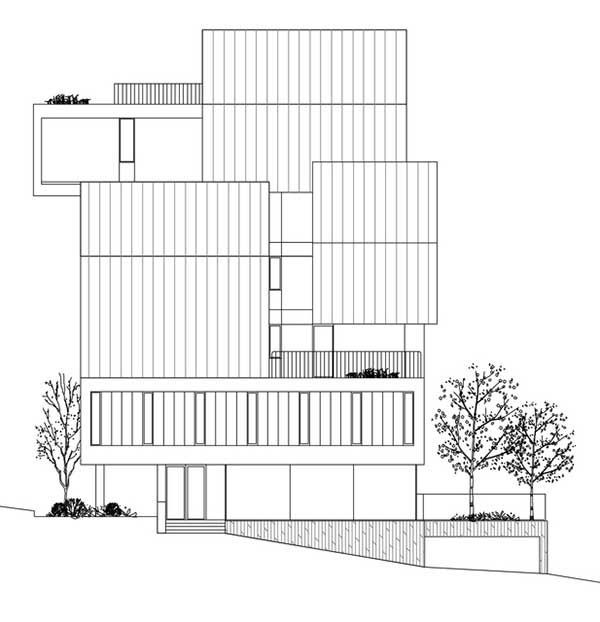
Front
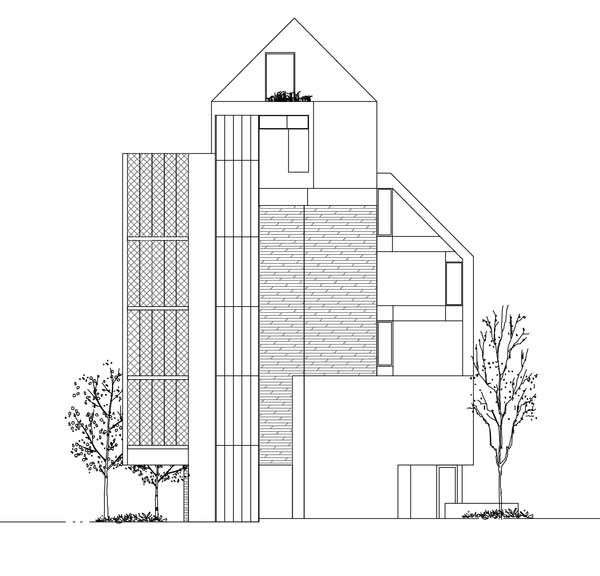
Left
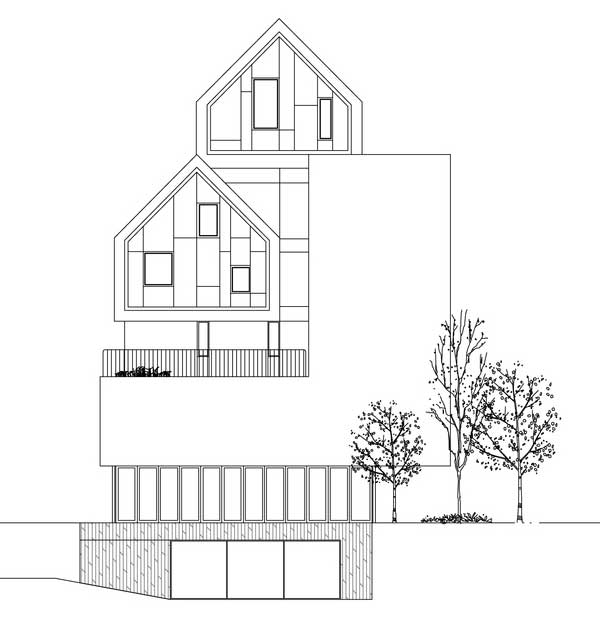
Right
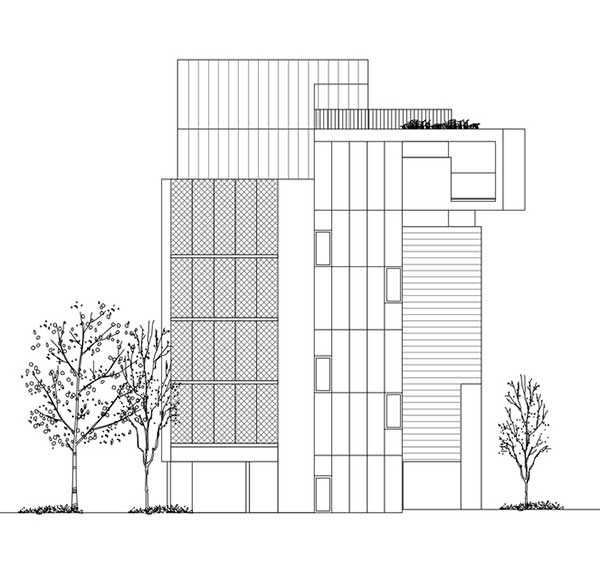
Rear
L'EAU Design is a group seeking after such environment as falling under comprehensive sense and attempt the relationship with architectural design.
'environment' includes meanings of social and cultural conditions that influence in human lifestyle as well as ecological and build environment.
L'EAU Design, since its establishment in 2000, has been pursuing a total design focused on 'Architecture and Urbanism' 'Renovation and Interior Design' 'Enviroment Design' in order to architecturally design diverse concerns amid the better 'human environment', which is based on our research about social and cultural background of human.
L'EAU design

